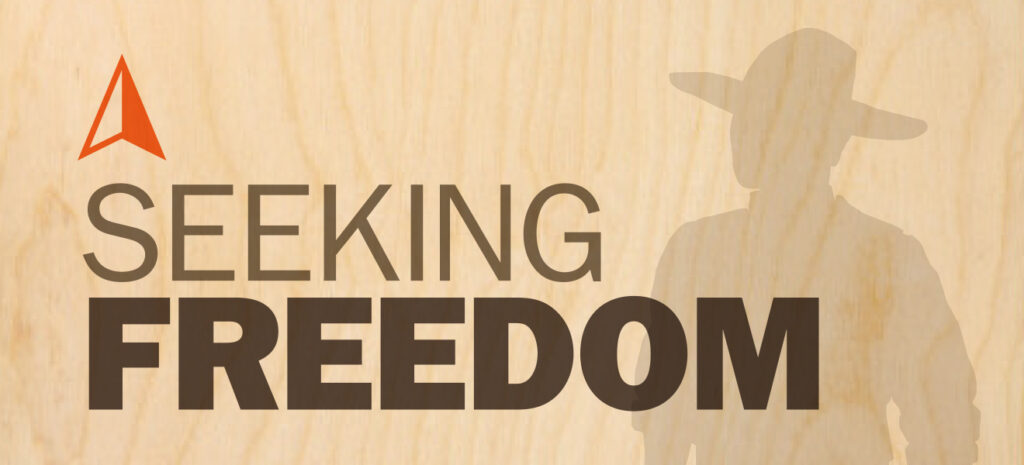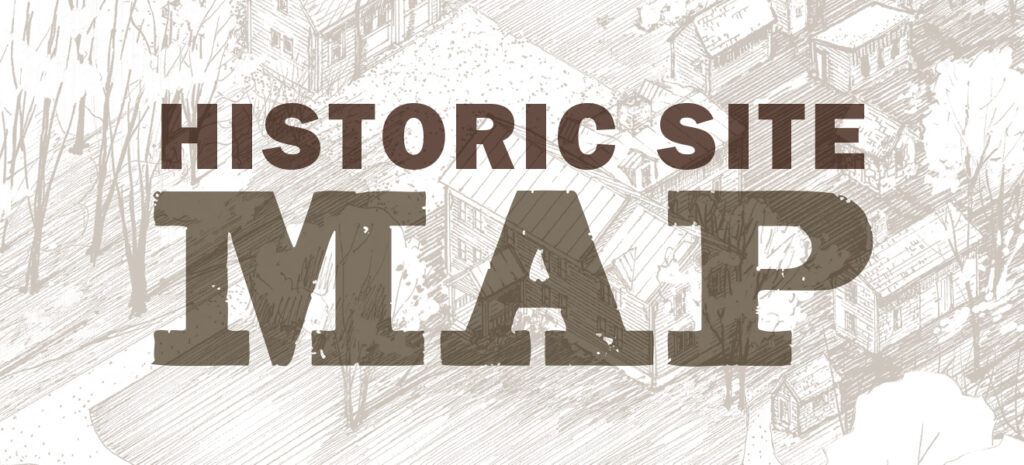Rokeby Artist Lab
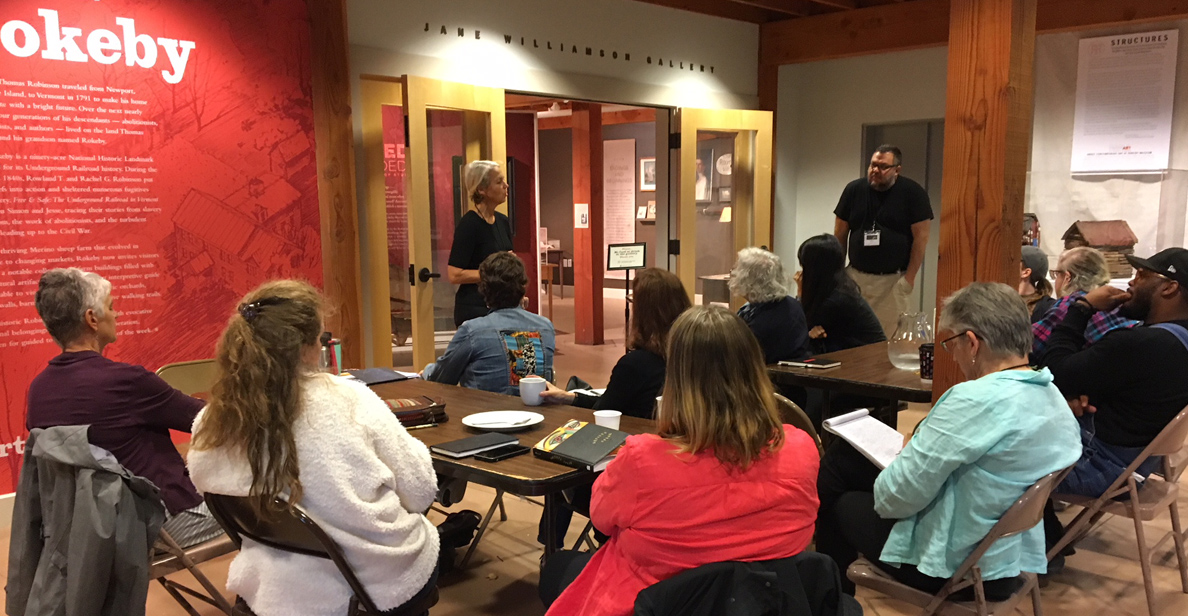
From the beginning, a main component of Contemporary Art at Rokeby Museum was the hosting of a four-day intensive of workshops — the brain child of project director Ric Kasini Kadour — to foster the integration of history and contemporary art into an artist’s practice.
To advise and help teach the program, Kadour enlisted the aid of talented curators, artists and educators: Andrea Rosen, Curator, Fleming Museum of Art, University of Vermont; Wylie Garcia, Artist, and then Program Director at Shelburne Craft School; Erika Senft Miller, Multimedia artist; Nancy Winship Milliken, Artist.
From among many qualified applicants, ten were selected to attend. The group included painters, photographers, printmakers and multi-media artists that came from Montreal, Los Angeles, Brooklyn, New England and Vermont to attend: Capt. James, Carol MacDonald, Carole d’Inverno, Courtney Clinton, Dafna Steinberg, Elin Waagen and Dan Snow, Jeanne Ciravolo, Josephine Lee, Patricia Tewes, and Skyler Maggiore.
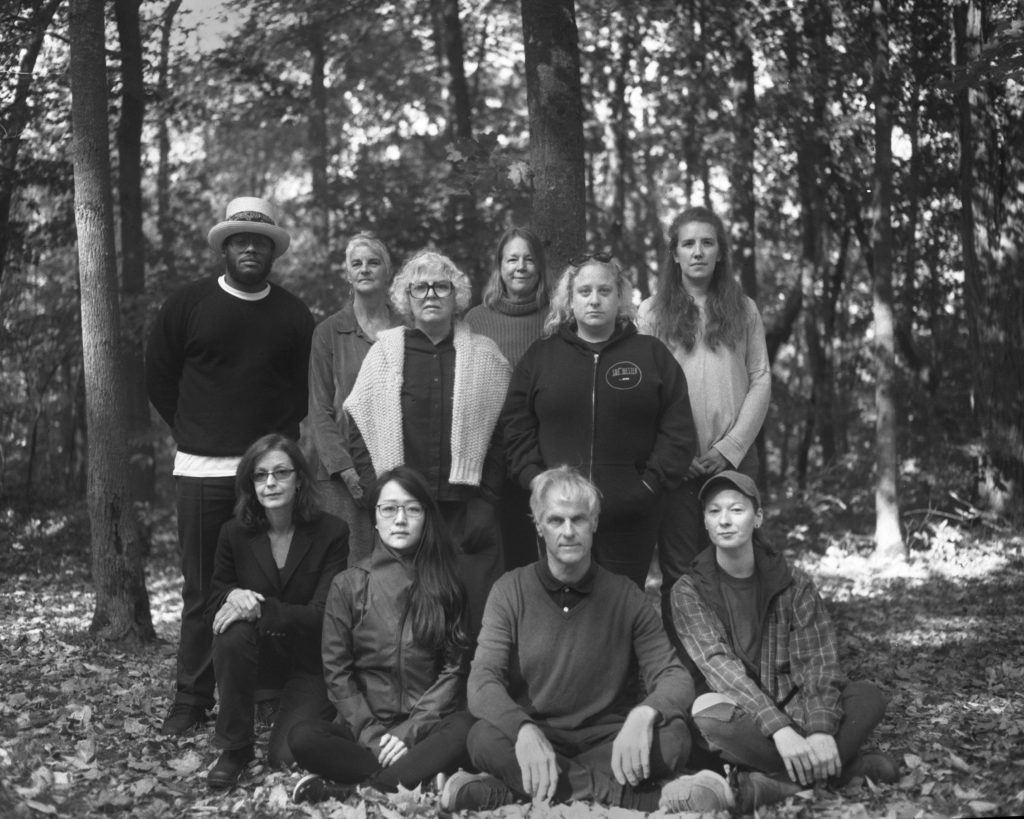
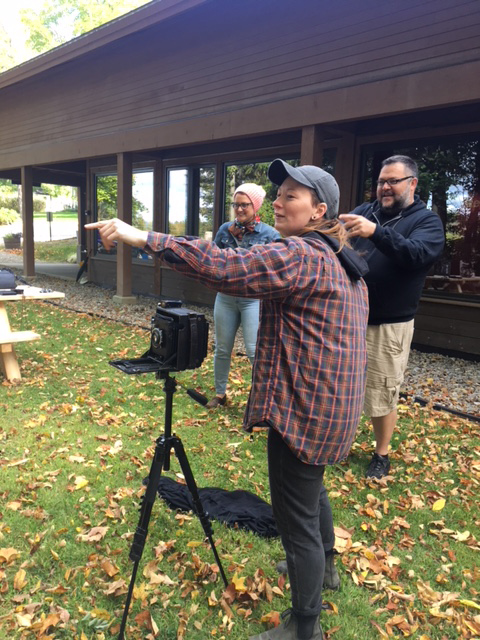
Using Rokeby Museum as a laboratory, lab artists were invited to use the museum’s historic site and extensive archives — housed at nearby Middlebury College — to make artwork picking up the unfinished work of history and fostering civic engagement in social, economic, and environmental issues. Artists participated in site-specific tours connecting contemporary issues of race, gender, and the land with comparable experiences by Rokeby’s 19th century residents. Additional sessions with Kadour and the faculty provided guidance and exercises designed to deepen the participants’ art practice.
Later, most of the artists submitted project proposals for an art installation at Rokeby Museum in 2020. Each proposal put forth the creation of art and/or installations meant to animate Rokeby’s complex history, and every proposal had its champions among Rokeby’s exhibit proposal selection committee. In the end, Carol MacDonald’s Mending Fences (to be on view at Rokeby during the summer and fall of 2020) was selected for the breadth of art to be created, the variety of art installations, and the ways in which the art — created in response to Rokeby history — connects to contemporary environmental and social issues.
Rokeby wishes to thank Ric Kasini Kadour, Chris Byrne and Kasini House, and each advisor, instructor, and artist for their work in the art lab. They are artists, change-makers, and citizen-historians. They are important people.
— Catherine Brooks, Rokeby Museum Director
 Rokeby Museum
Rokeby Museum

